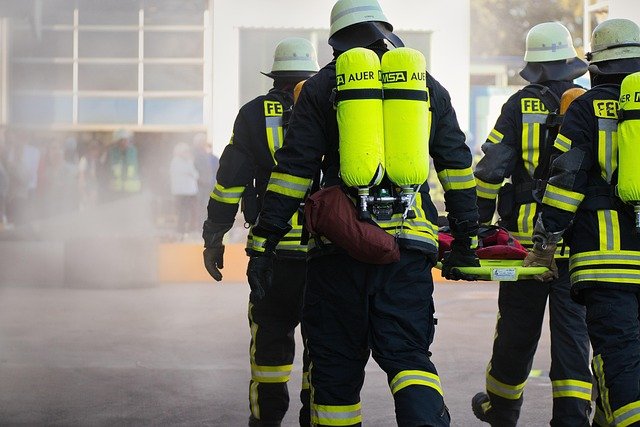Training Routines to Improve Service Speed and Accuracy
Consistent training routines help quick service and restaurant teams serve customers faster and with fewer errors. This brief overview highlights practical practices for crew members and managers to improve onboarding, shift work flow, customer service, and safety through repeatable drills and clear role expectations.

Effective training routines can make a measurable difference in both speed and accuracy for quick service and restaurant teams. When crew members learn simple, repeatable steps for order taking, food assembly, and customer handoffs, service becomes more consistent during peak shift work. Training that pairs short practice sessions with immediate feedback reduces errors, reinforces sanitation and safety habits, and helps hourly staff build confidence. Well-designed routines also support onboarding and retention by setting clear expectations and providing opportunities for steady skill development across roles.
Quick service training drills
Design short, focused drills that build muscle memory for core tasks. Time-limited exercises for order assembly, payment processing, and tray or bag checks help crew internalize the sequence of actions that minimize mistakes. Use visual checklists and standardized language for order confirmation so accuracy becomes habitual. Schedule these drills before peak periods and rotate scenarios so staff encounter different modifiers and special requests. Brief coaching after each drill creates a feedback loop where small errors are corrected quickly and performance improvements compound over time.
Crew roles and cross-training
Clarify primary responsibilities while encouraging cross-training so crew can step in as needed. Define role checklists for order taking, food prep, drive-thru, and sanitation, with clear backups for busy shifts. Cross-training increases scheduling flexibility and reduces delays when someone is absent. Implement shadow shifts where less experienced employees observe and perform tasks under supervision, then measure competence through short assessments. Broadening hourly crew skills also supports retention by offering variety and progression within the restaurant environment.
Onboarding practices for accuracy
Structure onboarding with visual demonstrations, hands-on practice, and concise assessments. Provide process maps that show how orders flow from placement to handoff and include common error examples with corrective steps. Pair new hires with a trained crew member for initial shifts and use milestone checks to transition autonomy gradually. Documented onboarding steps help standardize expectations across locations and streamline future hiring and interviews. Clear, paced onboarding reduces early mistakes and builds a foundation for long-term accuracy.
Scheduling and shift work to reduce errors
Thoughtful scheduling aligns team strengths with predicted demand to reduce stress and mistakes. Assign more experienced staff to peak windows and ensure there are designated floaters who can move between stations. Allow short buffer periods before and after rushes so crew can sanitize stations, rest briefly, and reset. Collect team feedback and review scheduling outcomes regularly to refine coverage. Well-planned shift work reduces hurried handoffs and supports better customer service while also protecting staff wellbeing during sustained busy periods.
Hiring and interviews that predict performance
Use interview tasks and scenario-based questions to gauge candidates’ aptitude for routine tasks and teamwork. Time-limited practical exercises—such as simulated order assembly or a role-play drive-thru interaction—can reveal how applicants perform under pressure. Look for reliability, clear communication, and willingness to follow procedures; these traits correlate with quicker onboarding and better retention. Incorporate questions about sanitation and safety attitudes to ensure hires understand expectations and will adhere to standards that affect accuracy and customer experience.
Drive-thru, customer service, and safety routines
Drive-thru service requires precise verification and fast handoffs. Train crew to use read-back protocols—repeating orders aloud and confirming key modifiers—so mistakes are caught before the customer receives their food. Standardize a handoff checklist that includes packaging, condiments, and receipt verification. Reinforce sanitation and workplace safety through routine checks and brief refreshers so hygiene remains consistent. These focused practices protect customers and reduce rework that slows throughput, improving both speed and customer satisfaction simultaneously.
Consistent, well-documented training routines create predictable improvements in service speed and accuracy. By emphasizing short drills, role clarity, structured onboarding, adaptive scheduling, targeted hiring, and specific drive-thru and safety checks, restaurants can reduce errors during busy periods while supporting hourly crew development. Over time, these routines help teams operate more smoothly, maintain sanitation and safety standards, and deliver a more consistent customer service experience across shifts.






